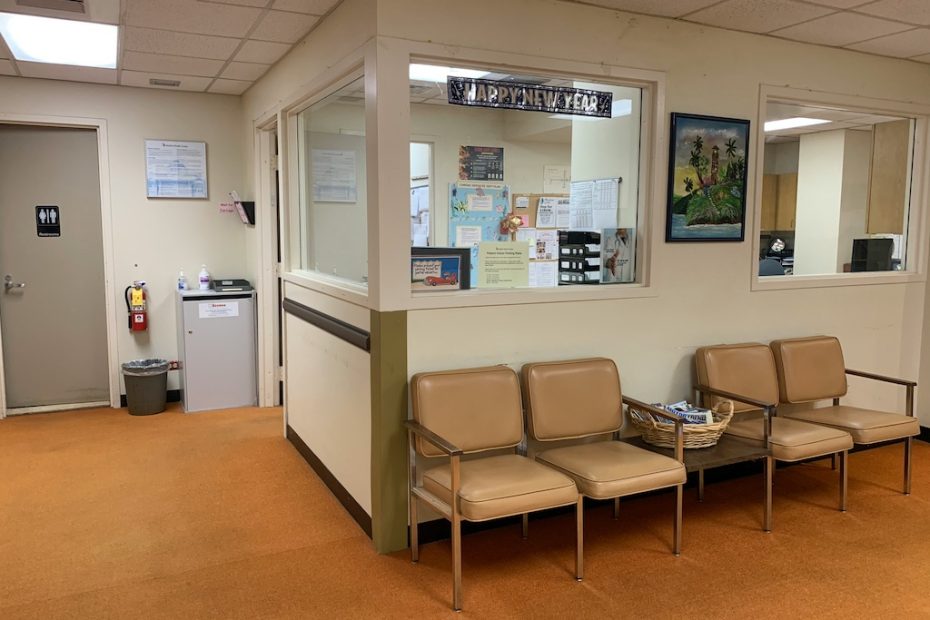Hospitals are complex environments where clear communication, efficient navigation, and patient engagement are crucial. Digital signage has become an essential tool in modern healthcare facilities, helping to enhance the patient experience, improve operational efficiency, and provide real-time information to visitors and staff. By integrating digital signage screens throughout hospitals, healthcare providers can streamline communication, reduce confusion, and create a more organized and welcoming environment.
Enhancing patient communication and education
One of the most significant benefits of digital signage in hospitals is its ability to educate and inform patients. Waiting areas, patient rooms, and common spaces can feature digital screens displaying health tips, wellness education, and preventive care information. This content can help patients better understand their conditions, treatment options, and hospital policies, leading to more informed healthcare decisions.
For instance, a digital signage display in a maternity ward might share information about prenatal care and newborn safety, while a screen in an oncology department could provide insights into cancer treatment options and support resources. By using engaging visuals and videos, hospitals can communicate complex medical information in a way that is accessible and easy to understand.
Streamlining wayfinding and navigation
Hospitals are often large and confusing, making navigation a challenge for patients, visitors, and even staff. Digital wayfinding solutions help alleviate this issue by providing interactive maps and directional signage. Strategically placed screens at entrances, elevators, and hallways can guide individuals to their desired locations, reducing stress and saving time.
Interactive touchscreen kiosks allow users to search for departments, doctor’s offices, or specific rooms, providing step-by-step directions. This reduces the burden on hospital staff, who would otherwise need to give verbal directions repeatedly. Additionally, real-time updates on these screens can inform visitors of any changes, such as relocated departments or temporary closures.
Reducing perceived wait times
Waiting is often an unavoidable part of hospital visits, but digital signage can help make the experience more pleasant. Engaging content such as news, weather updates, hospital announcements, and entertainment can make wait times feel shorter. Hospitals can also display estimated wait times for emergency rooms, outpatient services, or specific doctors, keeping patients informed and reducing frustration.
In pediatric waiting areas, digital screens can feature child-friendly entertainment, cartoons, or interactive games, helping to keep young patients calm and distracted. For adult waiting areas, relaxation-focused content such as nature scenes, calming music, or meditation guides can create a more soothing atmosphere.
Real-time emergency alerts and updates
Hospitals must be prepared to handle emergencies at any moment, and digital signage plays a vital role in crisis communication. In the event of an emergency, such as a fire, severe weather, or a security threat, digital screens can immediately display critical instructions to guide patients, visitors, and staff to safety. Because digital signage can be updated in real time, hospitals can quickly relay important messages and direct people to designated safety zones or evacuation routes.
Additionally, digital signage can display urgent medical alerts, such as outbreak notifications or changes in hospital protocols, ensuring that everyone in the facility stays informed and prepared.
Internal communication for hospital staff
Beyond patient-facing content, digital signage is also an effective tool for internal hospital communication. Staff lounges, break rooms, and nurse stations can have screens displaying important updates, policy changes, staff schedules, or reminders about ongoing training programs. This helps ensure that all medical personnel stay informed and aligned with hospital operations.
During medical conferences or staff meetings, digital signage can be used to present data, highlight case studies, and facilitate training sessions. By providing instant access to important information, hospitals can improve coordination among healthcare professionals, leading to better patient care and operational efficiency.
Promoting hospital services and wellness programs
Hospitals provide a wide range of services beyond emergency care, and digital signage is an excellent way to promote these offerings. Screens can highlight wellness programs, vaccination drives, preventive health check-ups, and specialized medical services. This not only informs patients of available treatments but also encourages them to take proactive steps toward their health.
For example, a digital display near the entrance of a hospital might showcase information about upcoming flu shot clinics, diabetes management programs, or mental health support groups. By raising awareness of these services, hospitals can enhance community health while also increasing patient engagement.
Creating a welcoming and modern atmosphere
First impressions matter, and digital signage helps create a modern, organized, and welcoming hospital environment. A well-designed digital signage system enhances the aesthetics of hospital lobbies, waiting areas, and hallways, making them feel more inviting and patient-friendly. High-quality visuals, calming colors, and thoughtfully curated content contribute to a more positive and reassuring atmosphere, which is particularly important in a healthcare setting where stress and anxiety levels can be high.
Hospitals that invest in digital signage demonstrate a commitment to innovation and patient-centered care. The presence of modern technology reinforces trust in the facility, showing that it prioritizes efficiency, clear communication, and an improved overall patient experience.
Hospital digital signage is more than just a tool for displaying information—it is a critical component of patient engagement, communication, and hospital operations. By providing real-time updates, enhancing wayfinding, reducing perceived wait times, and supporting emergency communication, digital signage significantly improves the overall hospital experience. As technology continues to evolve, hospitals that integrate digital signage will continue to see benefits in efficiency, patient satisfaction, and staff coordination, ultimately leading to better healthcare outcomes.
